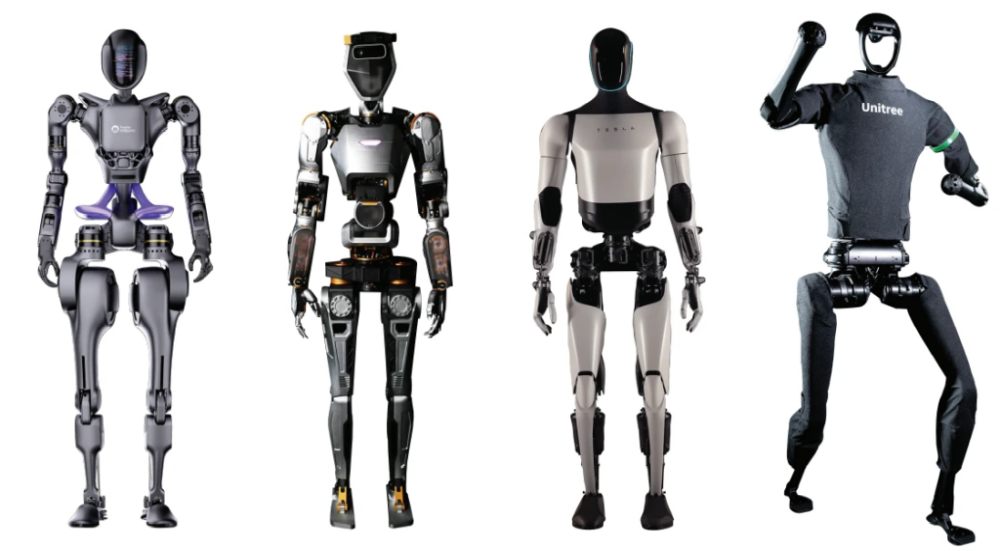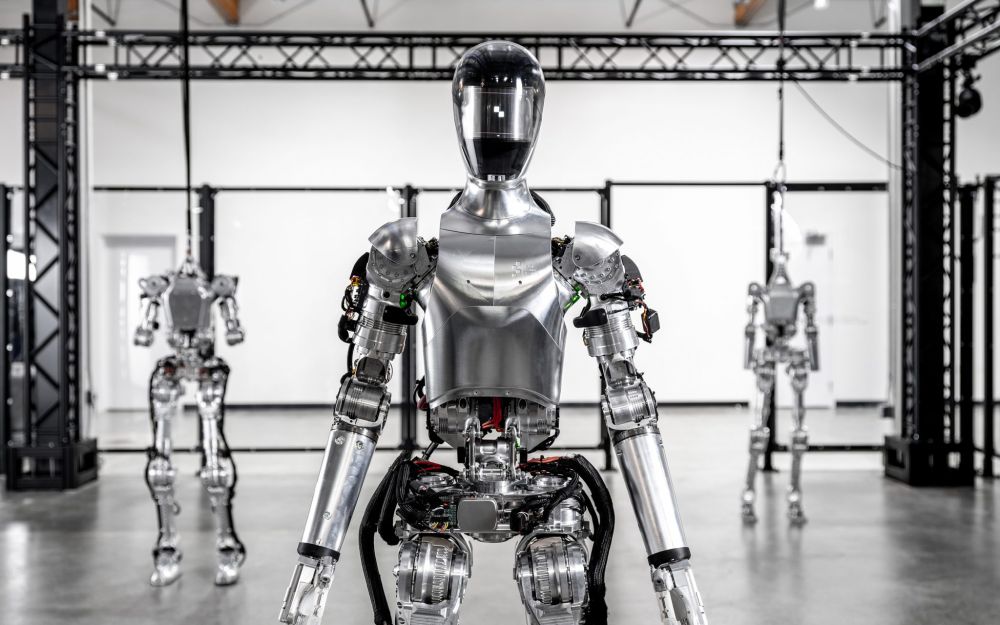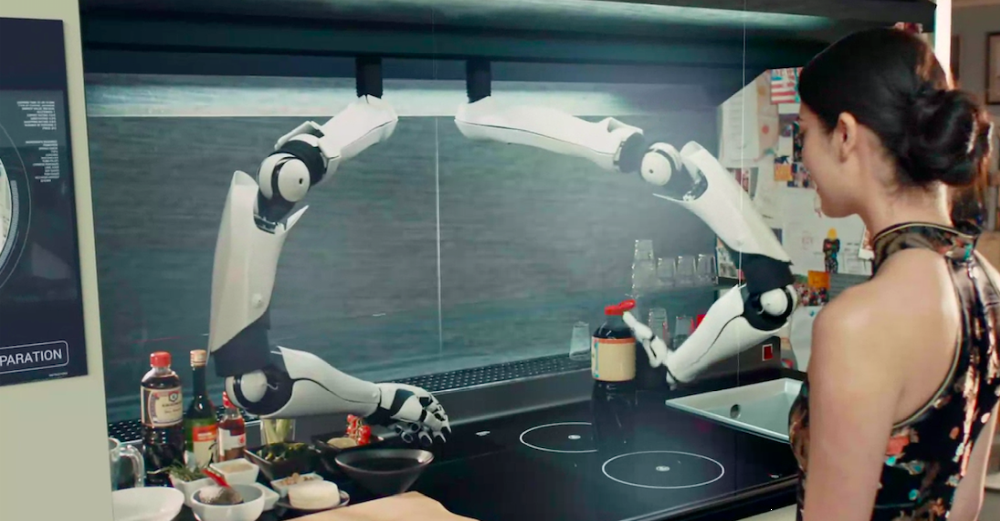The global race to develop humanoid robots is gaining momentum, and Chinese companies are pulling ahead with speed, scale, and surprisingly affordable prices. At the forefront is Unitree, whose G1 robot—standing just 130cm tall—has captivated audiences with its fluid dance moves and martial arts demos. Priced at just $16,000, it’s far cheaper than its competitors and designed for research and development rather than commercial deployment. Despite being manually programmed and lacking autonomous intelligence, it’s charming crowds and proving that size and price don’t have to compromise performance. Its success highlights China’s advantage in robotic ecosystems, with tight supply chains and strong government support accelerating innovation.

Meanwhile, American and South Korean giants are focusing on humanoid robots for industrial tasks. Tesla’s Optimus project is ramping up production, with Elon Musk claiming “several thousand” units will be built this year to perform useful functions in Tesla factories. Hyundai, having acquired Boston Dynamics, is also integrating robots into its production lines. These robots are less about public interaction and more about efficiency and endurance, replacing human labor in repetitive, hazardous roles. Although these machines are impressive, they’re not yet ready for the unpredictability of real-world environments outside controlled industrial spaces.

European startups like the UK-based Kinisi are trying to compete by rethinking what a robot should be. Founder Bren Pierce’s KR1 robot abandons legs in favor of wheels, optimizing it for flat-floored environments like warehouses. Instead of developing proprietary components, Kinisi builds the KR1 from mass-produced parts—batteries, motors, cameras—all easily available off the shelf. The robot is trained by demonstration, needing only 20 or 30 repetitions to perform a task. The focus is simplicity: workers can learn to use it in hours, no PhD required. It’s a strategy born from necessity, showing how Western firms are adapting through pragmatism rather than scale.

Despite all this progress, humanoid robots for the home remain a distant dream. The challenge lies in the software—the artificial intelligence powering these machines still struggles with basic logic, reasoning, and decision-making. Environments like homes are far more chaotic and varied than factories, and the current AI simply isn’t robust enough to handle them safely. Even the most hopeful developers, like Pierce, admit we’re at least 10 to 15 years away from seeing a truly capable domestic robot. Until then, the race continues, with Asia clearly in the lead and Western firms racing to adapt or fall behind.

#robots #humanoidrobot #AI #technology #China #Unitree #Tesla #Kinisi #robotics #future
